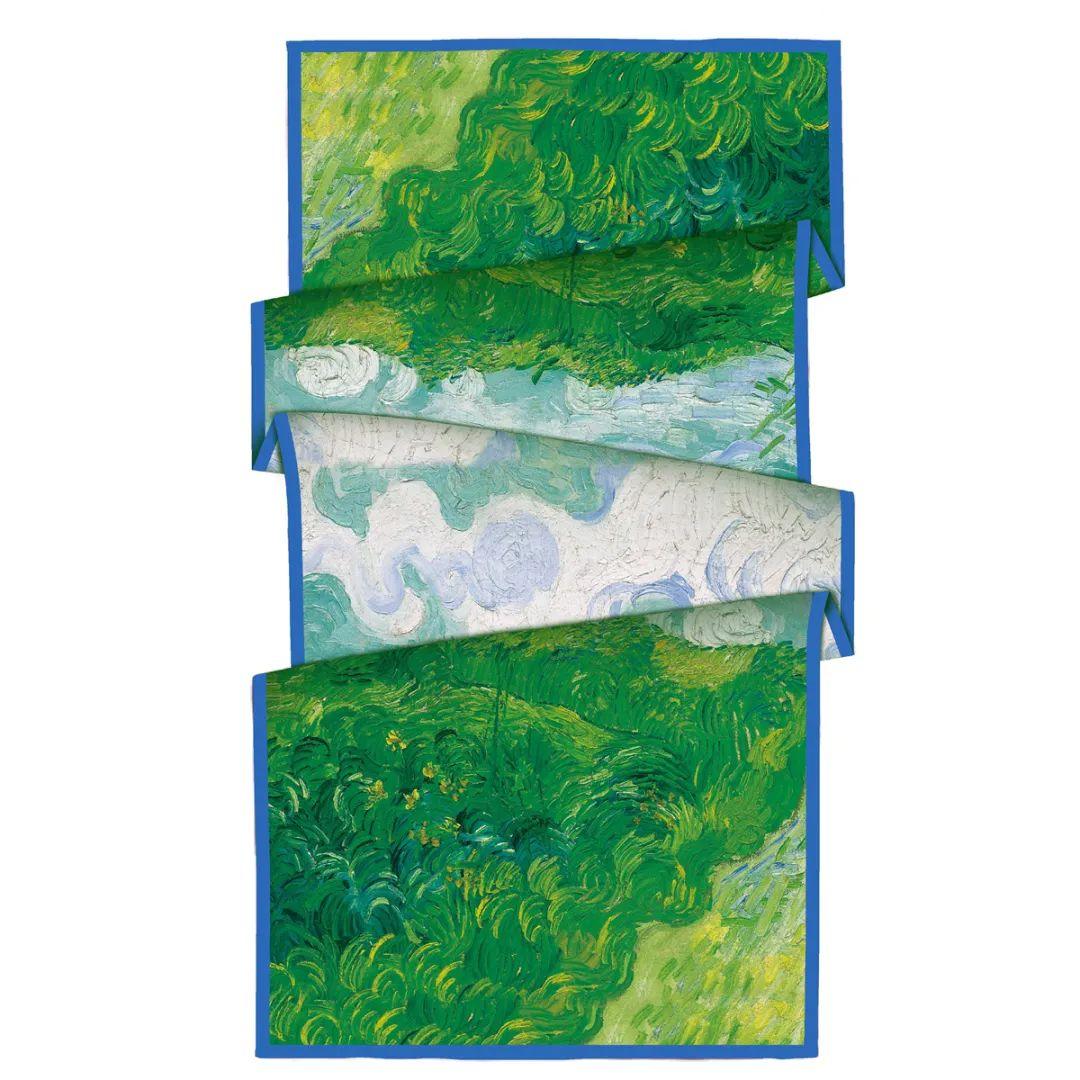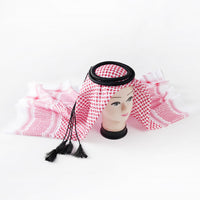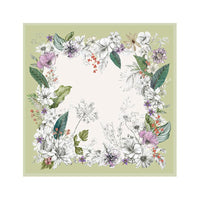Unveiling the Beauty of Traditional Qatari Headdress: The Ghutrah and Iqal
When it comes to traditional Qatari attire, the ghutrah and iqal are two iconic pieces that immediately come to mind. The ghutrah, a square piece of cloth worn on the head, is often seen in classic red and white or black and white combinations. But don't be surprised if you spot one in dark blue and white or green and white – Qataris have a knack for adding their unique touch to this traditional headdress.

The design of the ghutrah is a true work of art. Some say it resembles the open fish nets of southern Mesopotamia, while others believe it mimics the intricate pattern of a honeycomb, inspired by the world of bee-keeping. And if you take a closer look at the edges, you'll notice a design known as qamah, thought to be influenced by the head of wheat. Each ghutrah is crafted with such precision and care, making it a true reflection of the wearer's personality and style.
But the ghutrah isn't the only star of the show. The iqal, a coiled and knotted rope worn on top of the ghutrah, is just as important. Always black, the iqal comes in various thicknesses and knot details, with hanging cords that add a touch of flair. It's not just a functional accessory – it's a symbol of Qatari culture and tradition.

Take a look at the photograph from 1973, and you'll see one of the more traditional versions of the iqal being worn. It was a favorite among the badu and was commonly seen around the peninsula. But as time passed, more modern and slimmer versions imported from foreign sources took over. Nevertheless, the original, locally made iqals still hold a special place in the hearts of Qataris.

In conclusion, the ghutrah and iqal are not just pieces of cloth or rope – they're a testament to the rich cultural heritage of Qatar. Each one is unique, with its own design, materials, and detailing, allowing Qataris to express their individuality while staying true to their roots.






